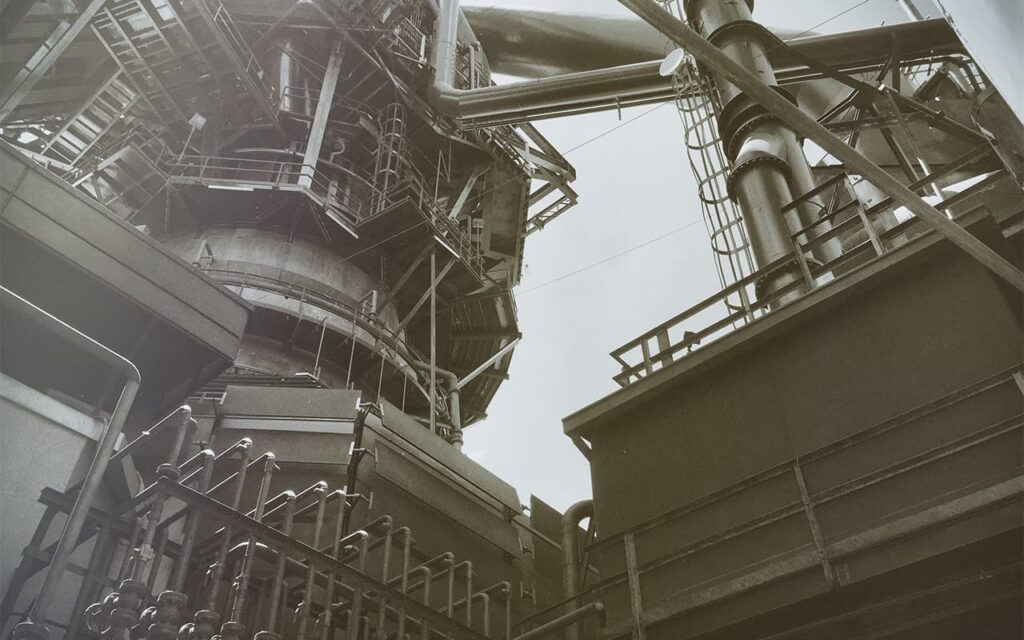Architecture is the language each building speaks, leaving traces of time and history. Each structure carries its own character and soul, and archaeology allows us to unravel these mysteries, revealing to us worlds of the past.
The construction of factories and plants in the industrial age demanded new approaches to architecture. Mass production and the need to provide a solid foundation for a multitude of machines and equipment led to the emergence of steel frames. These metal structures became the support for the entire manufacturing process.
Steel frames allowed for huge open spaces devoid of massive walls, which was especially important for factory floors. They provided reliable support and allowed for scalable production, becoming a symbol of engineering audacity and technological advancement.
Factory architecture, however, was not limited to technical aspects. Many factories and plants became true architectural masterpieces, combining functionality and style. Decorative elements such as wrought iron grilles, ornaments and tall window arches gave the factories a unique character.
These decorative elements, both the ornamentation of facades and interior spaces, were a kind of embodiment of the marriage of industry and art. Plants and factories not only produced goods, but also became part of the cultural heritage, reflecting the influence of the era and societal values.
Over time, many factories and mills have fallen into disrepair, leaving behind only ruins and memories. Industrial archaeology allows us to recreate these lost worlds, revealing to us the technology, cultural characteristics and lifestyles of those who labored in these factories.
The restoration of factory architecture becomes a kind of embodiment of our respect for the past. Industrial archaeology museums and the preservation of historic factories preserve heritage and provide an opportunity to see how technology, design and society have changed over the decades.
Factory architecture is more than just buildings, it is stone and metal witnesses to history. From massive steel frames to elaborately carved decorative elements, each piece tells its own story. Industrial Archaeology allows us to uncover these stories and see how the past and present are intertwined in a unique symbiosis.
